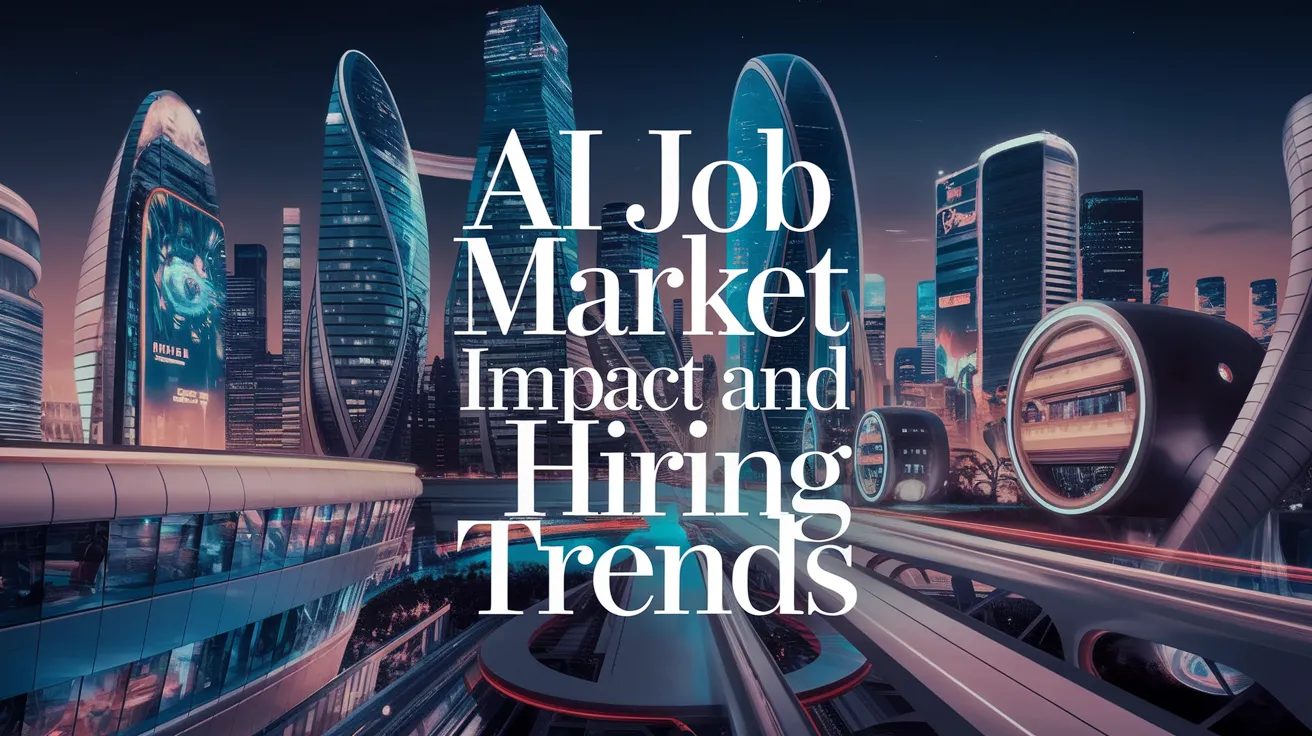AI Job Market Impact and Hiring Trends

A growing concern among job seekers is the potential impact of artificial intelligence (AI) on employment, particularly in white-collar professions. Recent discussions spearheaded by high-profile executives have raised alarms, but the reality presents a more nuanced scenario regarding AI’s role in hiring and layoffs.
Current State of Layoffs and Hiring Trends
According to the job and hiring consultancy Challenger, Gray & Christmas, while the overall number of layoffs has reached 286,679 this year, only 20,000 of those are linked to automation, with a mere 75 explicitly related to AI. This suggests that the feared mass unemployment directly caused by AI is largely unfounded, especially when juxtaposed with the ongoing economic pressures and job losses attributed to government actions and market conditions.
Executive Perspectives on AI and Jobs
Comments from industry leaders such as Amazon’s CEO, Andy Jassy, add to the discourse. He acknowledged that AI could lead to a reduction in the corporate workforce due to efficiency gains but posited that new roles would likely emerge as a result. Similarly, Ford’s CEO, Jim Farley, suggested that AI might lead to a significant replacement of white-collar workers, a statement that was contextualized as part of a broader strategy to bolster blue-collar jobs.
The Dynamic Between AI Investments and Job Market Behavior
Experts, including Josh Bersin from the Josh Bersin Company, highlight a trend where companies are prioritizing investment in AI tools over hiring. This redirection of funds amid cost-cutting measures in an uncertain economic climate has led to a stagnation in job growth in several sectors, notably business and professional services. Shopify and Duolingo exemplify this trend by requiring teams to demonstrate how AI tools could fulfill their needs before committing to additional hires.
AI Development Firms and Workforce Implications
Interestingly, the firms creating AI technologies, such as Microsoft and Google, have been undergoing layoffs, focusing on resources tied directly to AI development. Microsoft’s recent job cuts of around 15,000 positions shed light on how AI adoption can influence workforce dynamics. However, these layoffs may also stem from cost-saving measures to accommodate AI infrastructure investments rather than outright job replacements.
The Evolving Role of AI in Recruitment
AI’s effect extends beyond job losses to reshaping the hiring and recruitment process itself. Companies are increasingly relying on AI tools for HR tasks, which has resulted in job displacement for some HR professionals. Yet, AI’s contribution to operational efficiencies has simultaneously provided opportunities for hiring in other departments, as seen in IBM’s recent hiring surge despite employee reductions in HR.
Economic Context Amid AI Concerns
While job seekers may blame AI for the current hiring slowdown, experts argue that broader economic factors—such as inflation and market uncertainties—are the primary drivers. Research indicates that while AI is transforming many roles, the evidence does not support substantial job losses due to automation at this stage. As noted by Indeed Hiring Lab’s chief economist, AI is changing job dynamics but not entirely replacing workers.
As the conversation around AI continues to evolve, it is crucial for both workers and employers to navigate the hiring landscape thoughtfully, recognizing that while AI poses challenges, it also offers pathways for development and new job creation.